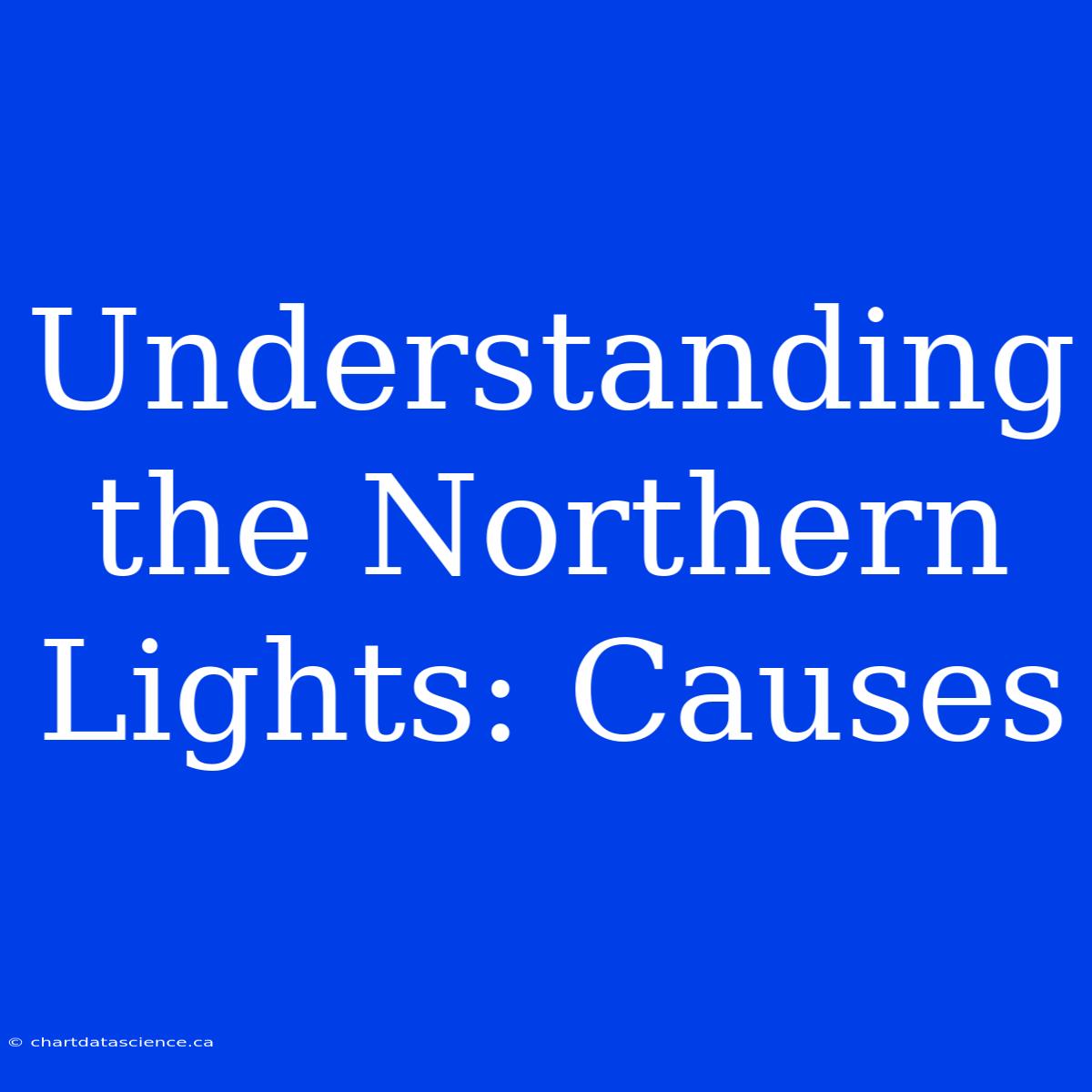Understanding the Northern Lights: Causes
Have you ever gazed up at the night sky and been awestruck by a mesmerizing display of dancing green, purple, and blue lights? These are the Northern Lights, also known as the Aurora Borealis, a natural phenomenon that has captivated humans for centuries. But what exactly causes these spectacular celestial shows? Let's dive into the science behind the Northern Lights!
The Role of the Sun: Solar Flares and Coronal Mass Ejections
The Northern Lights are a direct result of activity on the Sun, our nearest star. The Sun is a giant ball of hot gas, constantly churning and releasing energy in the form of solar wind. This wind is made up of charged particles, primarily protons and electrons, that travel at incredible speeds through space.
Occasionally, the Sun releases powerful bursts of energy called solar flares. These flares can send massive amounts of charged particles hurtling towards Earth. Another type of solar activity, called coronal mass ejections (CMEs), releases large bubbles of plasma that can also interact with Earth's magnetic field.
Earth's Magnetic Field: A Protective Shield
Earth has a magnetic field that acts like a giant shield, protecting us from the harmful radiation of the Sun. This field, generated by the movement of molten iron in Earth's core, creates a magnetic bubble around our planet, known as the magnetosphere.
When the Solar Wind Meets Earth's Atmosphere: The Aurora
When charged particles from the Sun's solar wind or a CME reach Earth, they interact with the magnetosphere. Some of these particles are trapped in the Earth's magnetic field, spiraling along the magnetic field lines towards the poles.
As these charged particles enter Earth's atmosphere, they collide with atoms and molecules in the air. These collisions excite the atoms, causing them to release energy in the form of light. This light is what we see as the Northern Lights. The color of the aurora depends on the type of atom or molecule that is excited. Green is the most common color, caused by oxygen atoms. Red auroras are produced by higher-altitude oxygen atoms, while blue and purple are often created by nitrogen molecules.
The Aurora Borealis and the Aurora Australis
The Northern Lights are primarily visible in the northern hemisphere, particularly in areas near the Arctic Circle. However, there is also a similar phenomenon in the southern hemisphere called the Aurora Australis. Both occur at high latitudes due to the shape of Earth's magnetic field lines, which funnel the charged particles towards the poles.
Witnessing the Northern Lights: A Bucket List Experience
The Northern Lights are a truly spectacular sight, and witnessing them is a bucket list item for many. While the best time to see the aurora is during the winter months when the nights are long and dark, solar activity can make the lights visible at other times of the year. The best places to see the Northern Lights include Alaska, Canada, Iceland, Greenland, Norway, Sweden, Finland, and Russia.
So, next time you find yourself under a clear, dark sky, keep your eyes peeled for the mesmerizing dance of the Northern Lights. It's a reminder of the power and beauty of our universe and the incredible connections that exist between our planet and its star.

